7 Tips for Designing an Adobe Commerce Landing Page That Converts
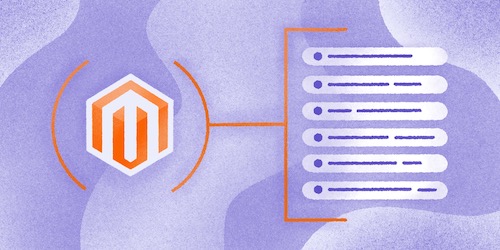
Are you looking for ways to generate more conversions from your Adobe Commerce landing page? Then you’re in the right place.
While designing a high-converting landing page is crucial for boosting ecommerce revenue, most businesses run five or fewer landing page tests every month. The median ecommerce conversion rate is only 1.84%.
If you want to grow your online store’s revenue, you’ll want to make sure you’re following best practices for landing page design, as well as split-testing variations of your landing page until you find the highest-converting one. Let’s go over seven tips to help you design a high-converting Adobe Commerce landing page and generate more sales from your existing traffic.
But first, the basics.
Elements of an Adobe Commerce Landing Page
There are three main elements of an Adobe Commerce landing page: the headline, the page copy and the call-to-action (CTA).
Headline
In one study, 60% of Americans reported only reading the headline when it came to news stories. Your headline is important, no matter what your content. In a lot of cases, the headline of your landing page is what will determine if visitors read the rest of the page or leave your website altogether.
When crafting your headline, try to highlight a specific challenge or issue your target audience is dealing with, or offer a solution that can help help them solve their problems.
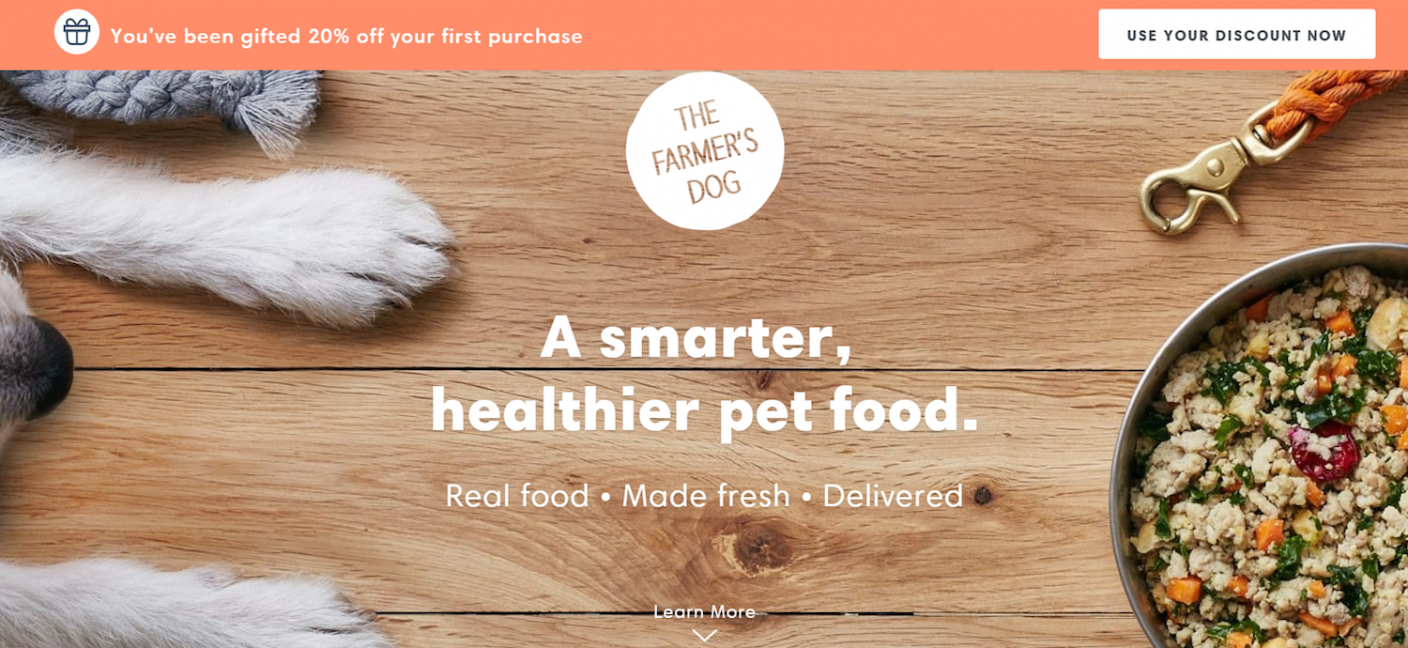
Keep the headline fairly short and easy to read. If you need to add more information before starting your main page copy, include it in the first subheading.
Page Copy
The copy is the central part of your landing page, which means you need to dedicate most of your time to perfecting it.
Make sure your landing page outlines your product’s main value proposition. Focus on the benefits customers will experience after purchasing your product instead of talking about its features.
Use simple language and make your copy easy to read.
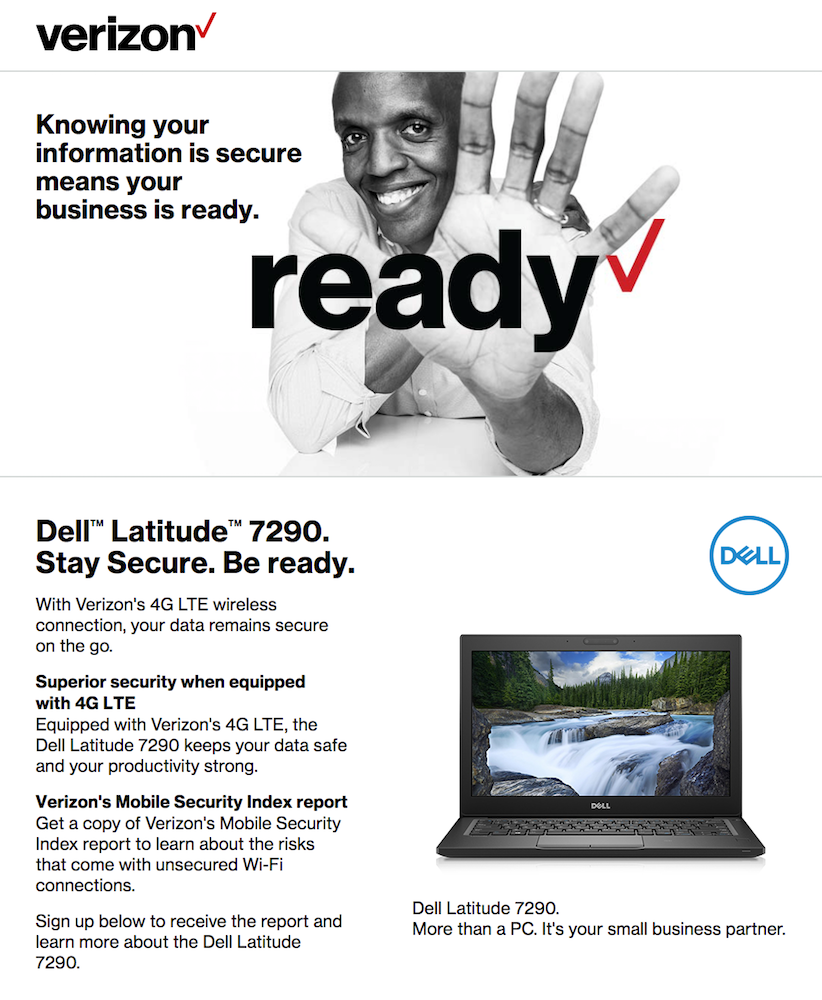
Remember, most people scan pages instead of reading them completely. You need to keep this in mind when formatting your page copy. Write short paragraphs, take advantage of bullet points and make sure there’s lots of white space on the page to make it as easy as possible to scan.
CTA
The call-to-action (CTA) serves to let your visitors know what they need to do in order to move on to the next stage in the buying process. It should prompt visitors to take action and instill a sense of urgency. Using words such as a buy, shop,today and now in your CTA is a great way to entice users to take action as soon as possible.
Try to make the CTA stand out from the rest of the page so it’s the first thing shoppers see when they land on your page. Also, use a color and font that stand out from the rest of the landing page.
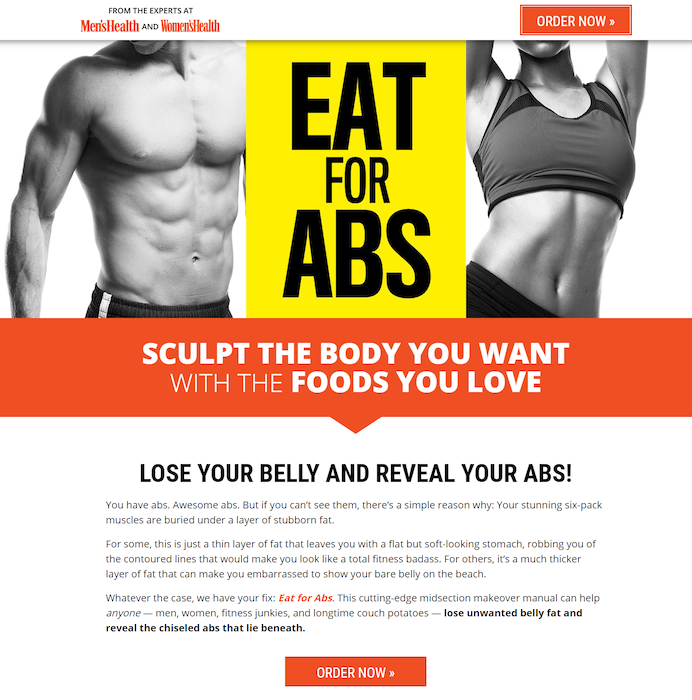
Keep the main CTA above the fold. Consider including multiple CTAs so visitors don’t have to scroll up or down the page to move on to the next stage. And if your landing page copy is particularly long, feel free to include three or more CTAs.
If you opt for multiple CTAs, make sure all of them prompt visitors to do the same thing. This will ensure you don’t confuse visitors or make them lose interest in what you’re trying to sell.
7 Tips for Your Adobe Commerce Landing Page
Now that we’ve gone through the main elements of a landing page, here are several tips for creating high-converting ones for your store.
1. Strive for Consistency
When designing your landing page, make sure it’s consistent with your brand and website in terms of the overall message and design.
If your brand’s tone of voice is casual and quirky, this needs to be reflected in your landing page copy. The same is true for colors — decide on a particular color scheme for your brand and then stick to it.
Consistency is especially important if you’ll be driving paid advertising traffic to your landing page. If that’s the case, you’ll also need to make sure the landing page is consistent with your ad.
Your landing page needs to deliver on whatever promise you made in the ad. For example, if you mention that shoppers can get a specific discount on their order, that needs to be reflected on the landing page.
2. Use Directional Cues
You’d be surprised by how many people land on your page and then bounce because they can’t figure out what they need to do. This is where directional cues can help.
Directional cues serve to show visitors what part of your landing page they should be looking at, as well as help them have an easier time finding your CTA. This is especially true for landing pages that take advantage of longer copy.
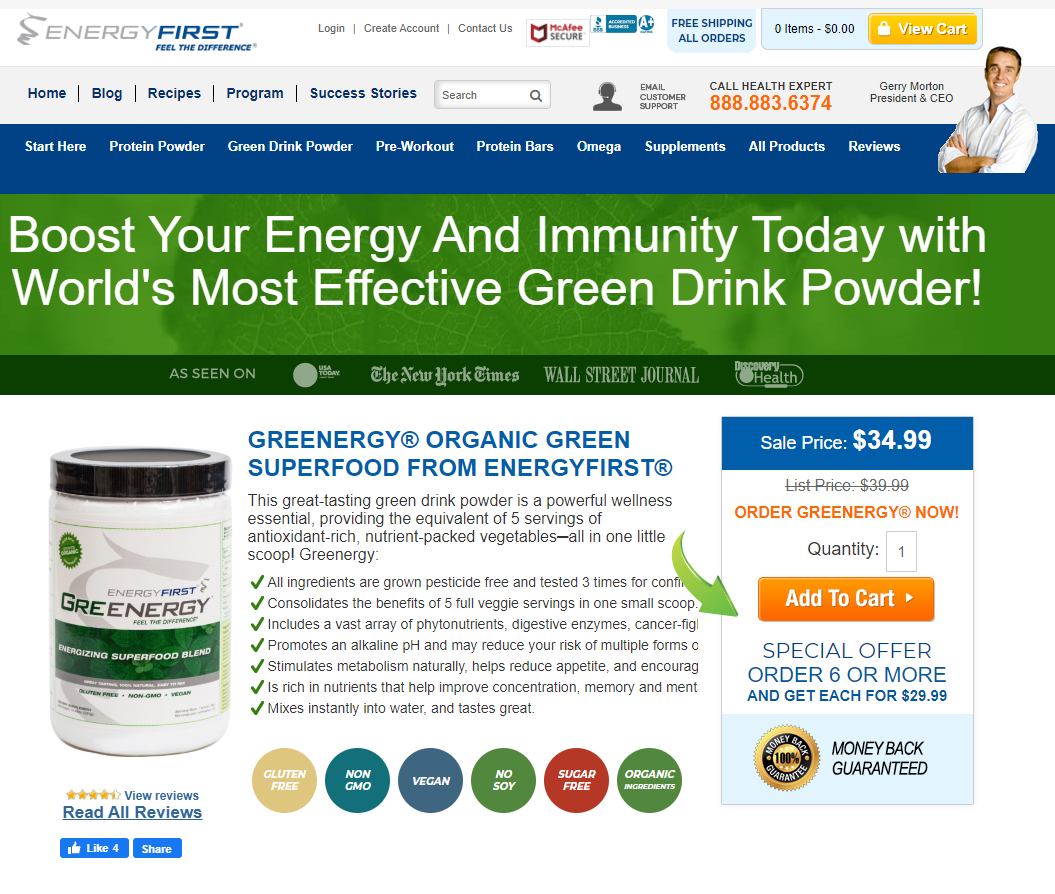
You can use a variety of different types of directional cues, including pointers, arrows, shapes, photos and animations. Include a combination of explicit (such as arrows) and implicit (a photo of a person looking in the right direction) cues on your landing page to ensure visitors will know where to look.
3. Create a Sense of Urgency
A great way to improve your landing page’s conversions is to create a sense of urgency to prompt visitors to make a purchase as soon as possible.
There are a number of ways you can create urgency:
- Use a limited-time discount and offer,
- Add a countdown timer, or
- Show the number of products you currently have in stock.
All of these efforts create FOMO (Fear of Missing Out), which increases the chance that shoppers will convert on their first visit.
While creating urgency can be a great way of boosting the conversion rate of your landing page, it’s important to note that it must be genuine to work. Faking urgency can do you more harm than good, and even lead to losing shoppers’ trust.
For instance, have you ever been on a site that constantly offers a discounted rate before the countdown hits zero… but the offer and countdown are always the same, all the time? Online shoppers are getting smarter and can spot this kind of thing a mile away.
4. Use an Exit-Intent Popup
An exit-intent popup is a type of popup that shows up when visitors try to leave a page. These types of popups are less intrusive than those that show up as soon as someone visits a page.
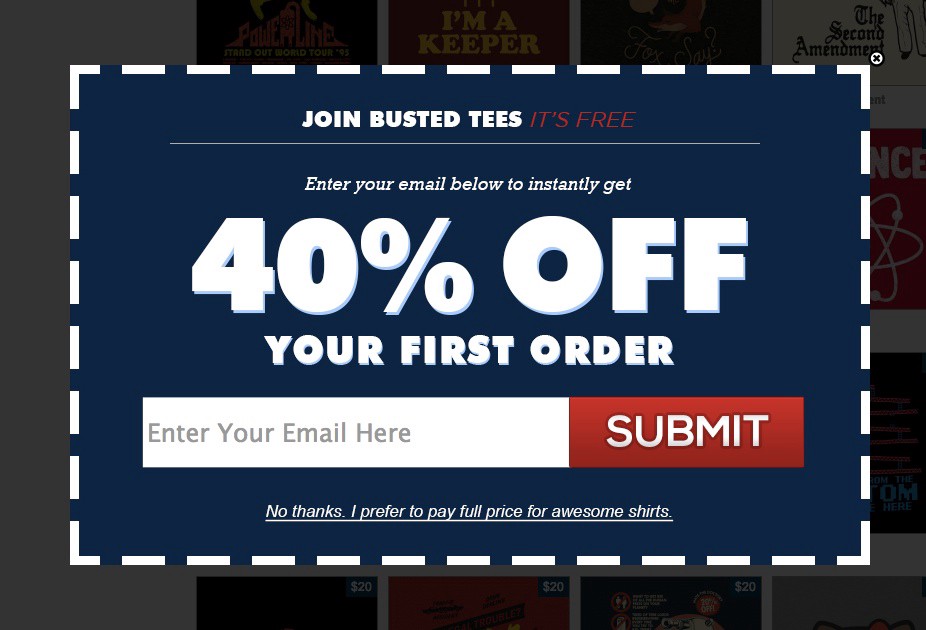
Exit-intent popups give you another chance at converting a shopper. If a percentage of shoppers visiting your landing page would purchase your product if they could get a better deal, you can use the exit-intent popup to offer them a discount and increase the chances of making a sale.
Remember to always collect shoppers’ email addresses when using exit-intent popups. This will allow you to remarket to them even if they don’t decide to purchase right away.
5. Create Trust
Seventeen percent of online purchases are canceled because of a lack of trust. If you want your landing page to convert well, you need to find a way to quickly instill trust and make shoppers feel comfortable about purchasing from you.
An easy way to do this is to incorporate trust signals throughout your landing page. The three main types of trust signals you should experiment with on your landing page include:
Social Proof
Show shoppers you have plenty of customers who are satisfied with your products. Include testimonials, reviews or social media share and like counters on your landing page.
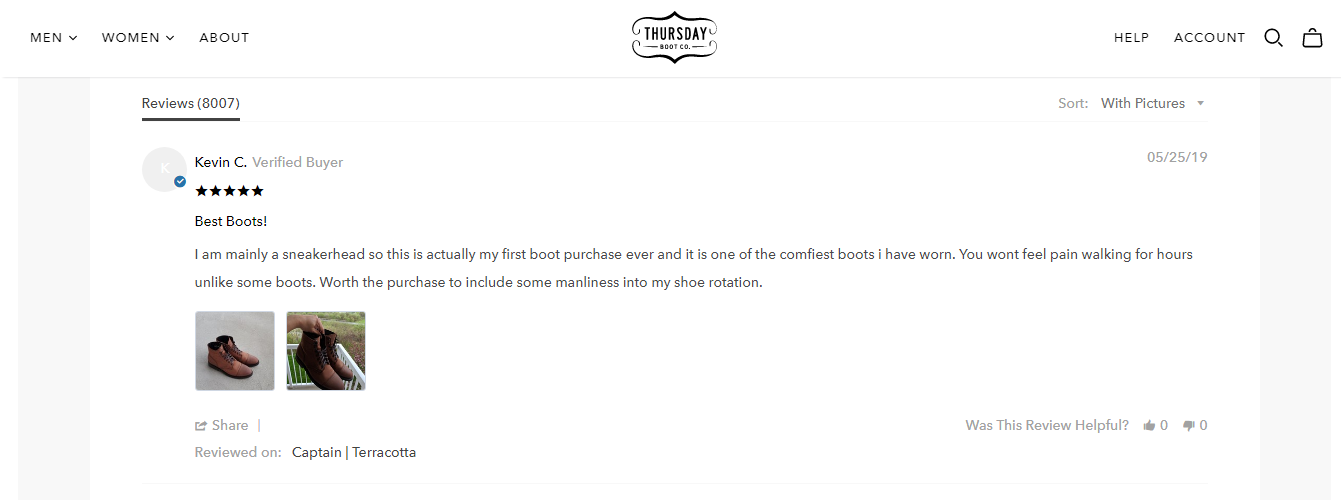
Association Signals
Apart from using social proof, you can also build trust by showing you’re associated with other reputable businesses.
Display logos of companies you collaborate with, TV channels or news sites you’ve been mentioned on, as well as security certificates from companies such as McAfee or Symantec.

Guarantees
Adding some sort of guarantee to your landing page offer is another great way to build trust.
Examples of guarantees you could use on your landing page include trust seals from credit card companies such as Visa and MasterCard, money-back guarantees, and guarantees from digital wallets like PayPal.

Pro tip: Shogun can help you add trust signals to your Adobe Commerce landing page quickly and easily.
6. Experiment with Contrasting Colors
Most high-converting landing pages take advantage of contrasting colors to attract attention and put emphasis on the CTA. Using contrasting colors is especially important if a large percentage of your visitors are mobile users.
People use their smartphones everywhere, including outdoors, where natural light can make it difficult to discern different elements of a web page.
Using contrasting colors for the background and other important elements of your landing page (such as the CTA) makes it easier to grab shoppers’ attention and increases the chances of getting them to complete your desired action.
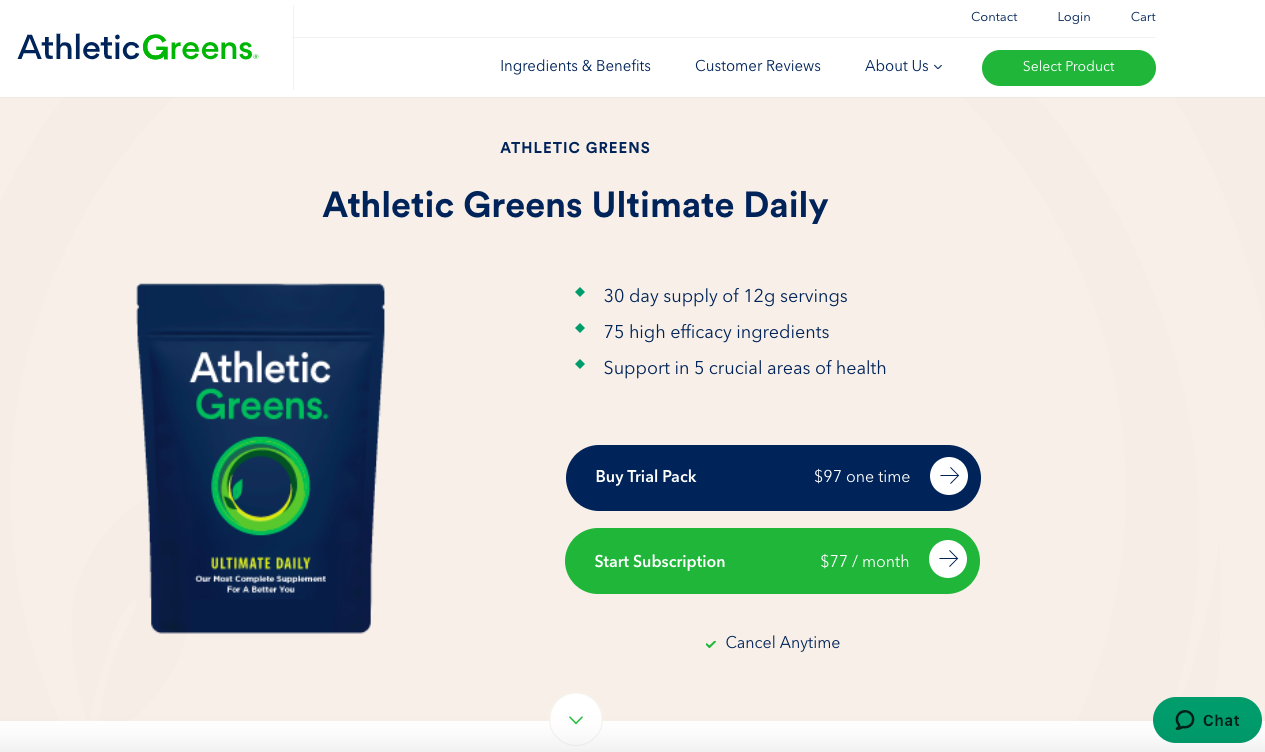
7. Optimize for Search Engines
While you’re most likely building a landing page to drive paid traffic, that doesn’t mean there won’t be visitors that will find your page organically through search engines such as Google.
Organic traffic is highly valuable and converts incredibly well, so you shouldn’t ignore it. To maximize the amount of organic traffic your landing page can generate, you need to optimize it for search engines.
When looking to improve your landing page’s SEO, you should focus on the title of your page, its meta description and URL.
Page Title
The title of your landing page is one of the most important factors determining how your page will rank in search engine results.
When optimizing your page title, you’ll want to include the main keyword you’re looking to rank for, preferably as close as possible to the beginning of the title. Make sure it’s natural-sounding, though. Don’t force your keyword in and risk creating a title that sounds strange or is grammatically incorrect.
Meta Description
The meta description of your page is the text that appears below the page’s title in search engine results. It serves to let visitors know what content they’re going to find on the page.
Getting the meta description right can help increase the click-through rate you get from search engine results, which, in turn, has a positive influence on your rankings. When creating the meta description for your landing page, try to include your main keyword and a call-to-action.
While Google doesn’t have a maximum character limit for meta descriptions, most experts recommend keeping it around 160 characters. So, be mindful of your meta description length or you’ll risk having it partially cut off in search engine results.
URL
The URL of a page can have an impact on its rankings. Pages that include the main keyword in the URL have an advantage over those that don’t.
Make sure to include your main keyword in the URL of your landing page. Try to keep the URL under five words, since shorter URLs have been shown to often rank higher over longer ones.
To keep your URL search engine-friendly, avoid using empty words and conjunctions. This will make it more pleasing to visitors’ eyes, and increase the chances of shoppers visiting your page instead of going to your competitor.
With these tips, you’ll be well on your way to developing high-converting landing pages.

Boris Mustapic
Boris Mustapic is a writer and content marketing specialist with a decade of experience in the digital marketing industry. Having built his own successful ecommerce business, he likes to share his knowledge with ecommerce enthusiasts. Apart from writing about marketing and ecommerce, Boris also enjoys a good book and a glass of red wine.



